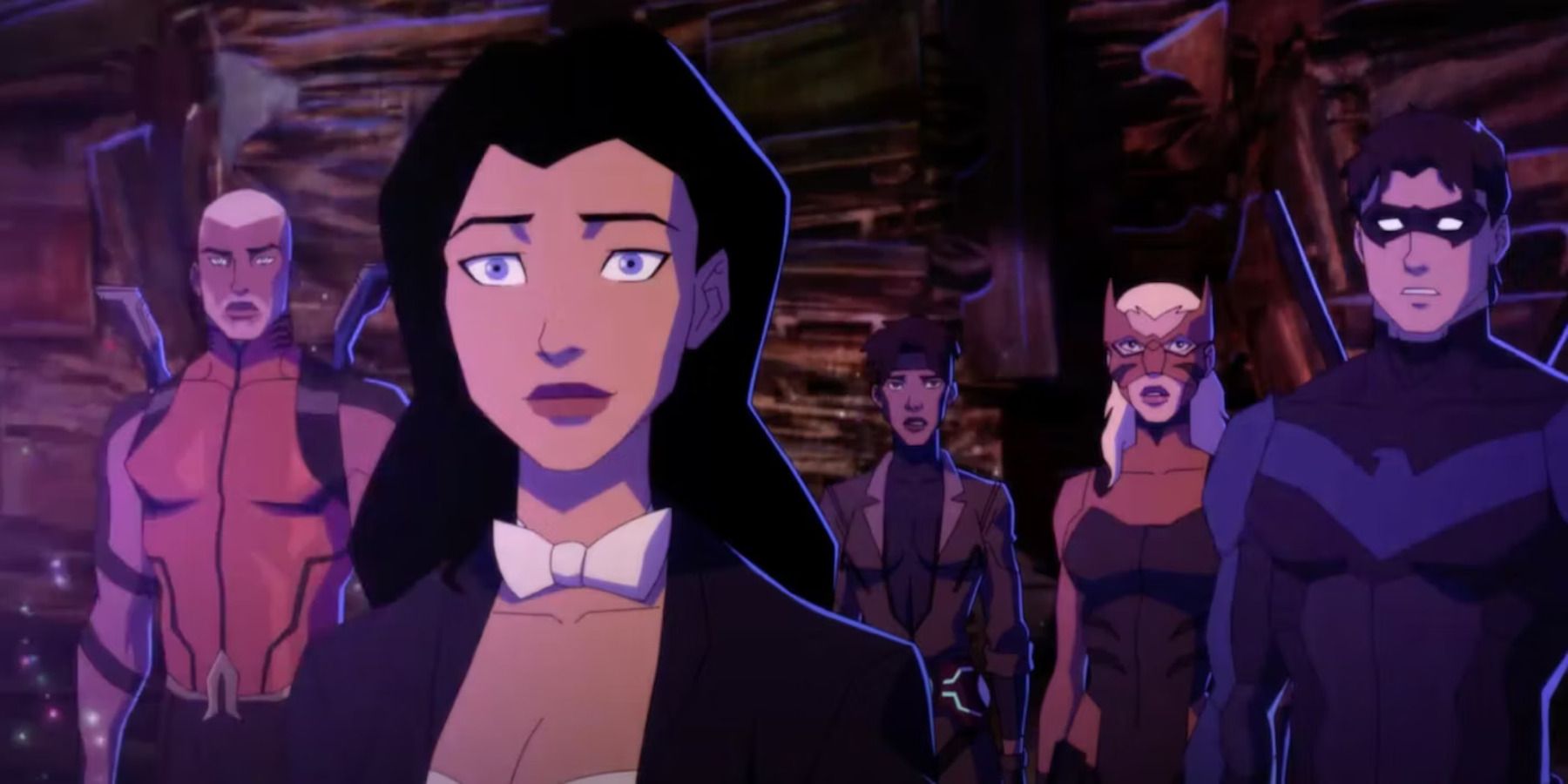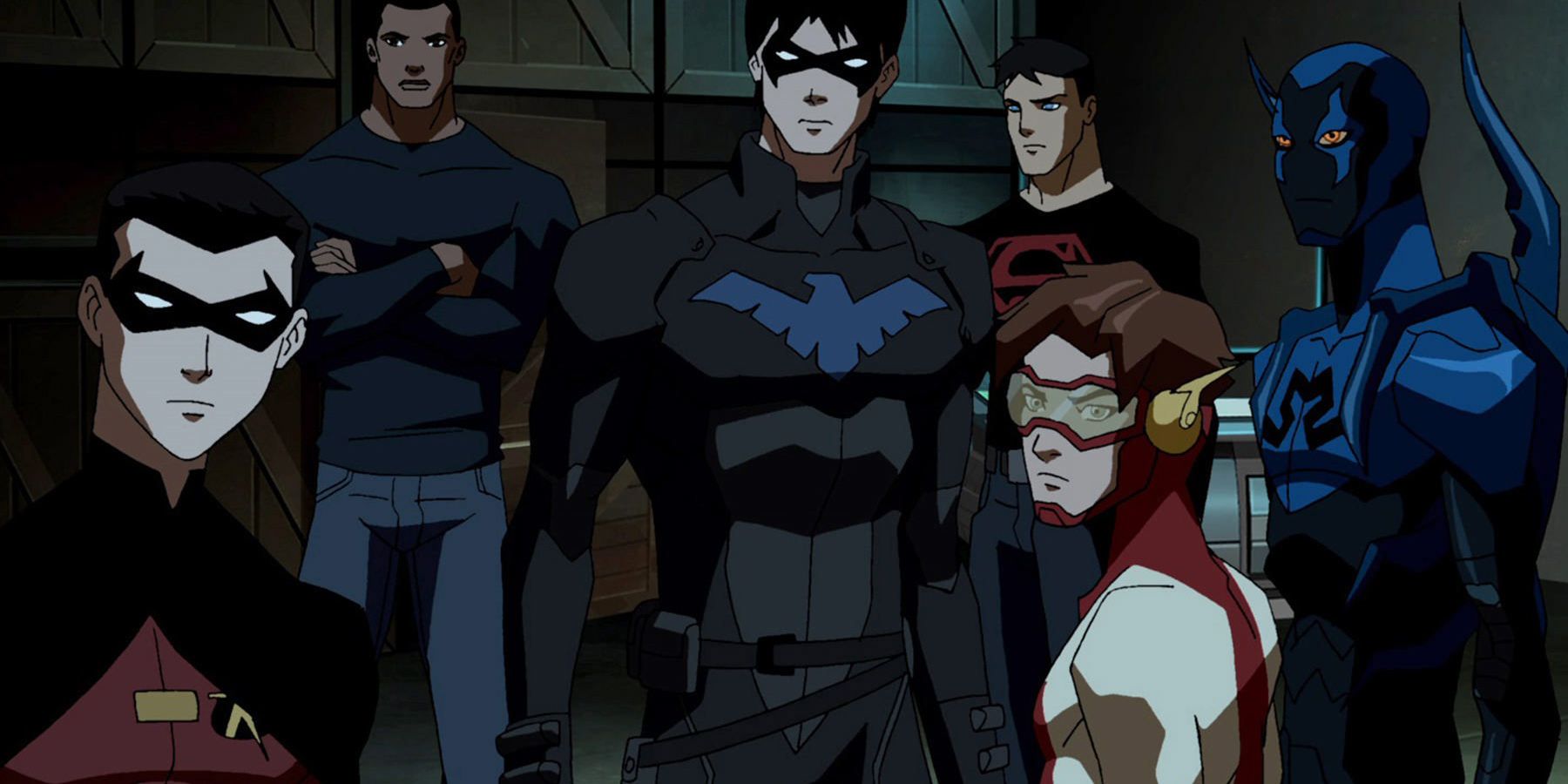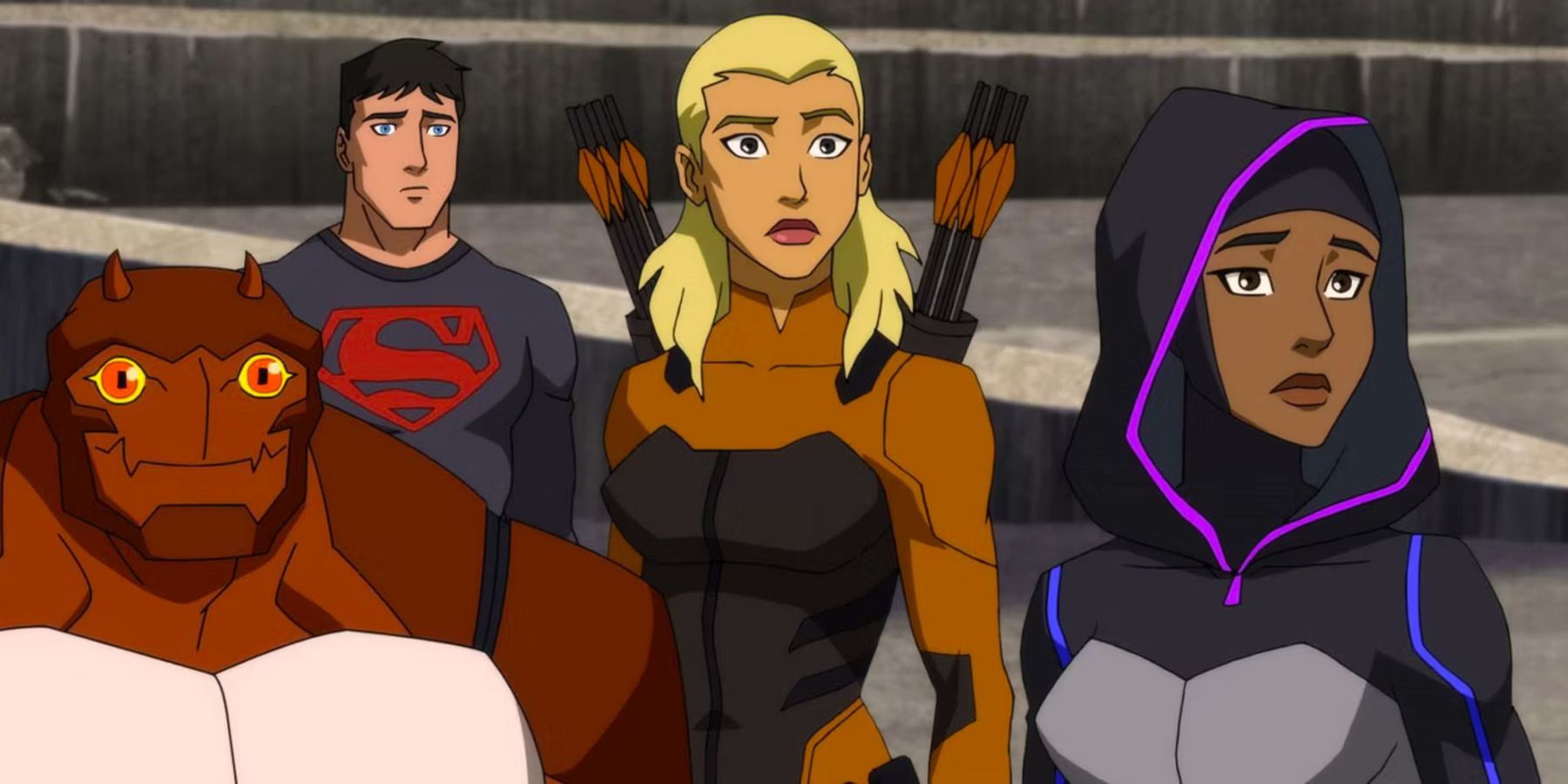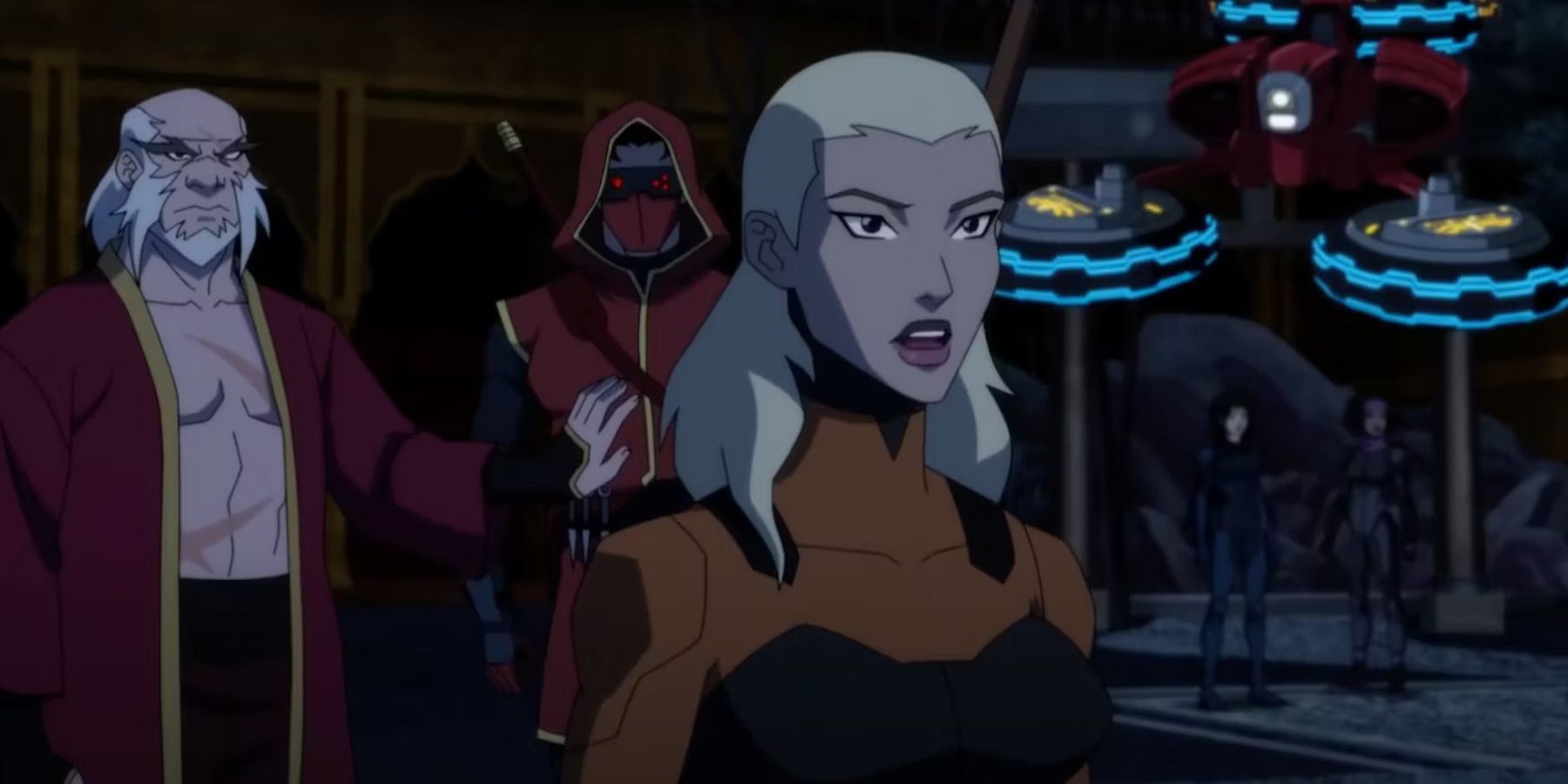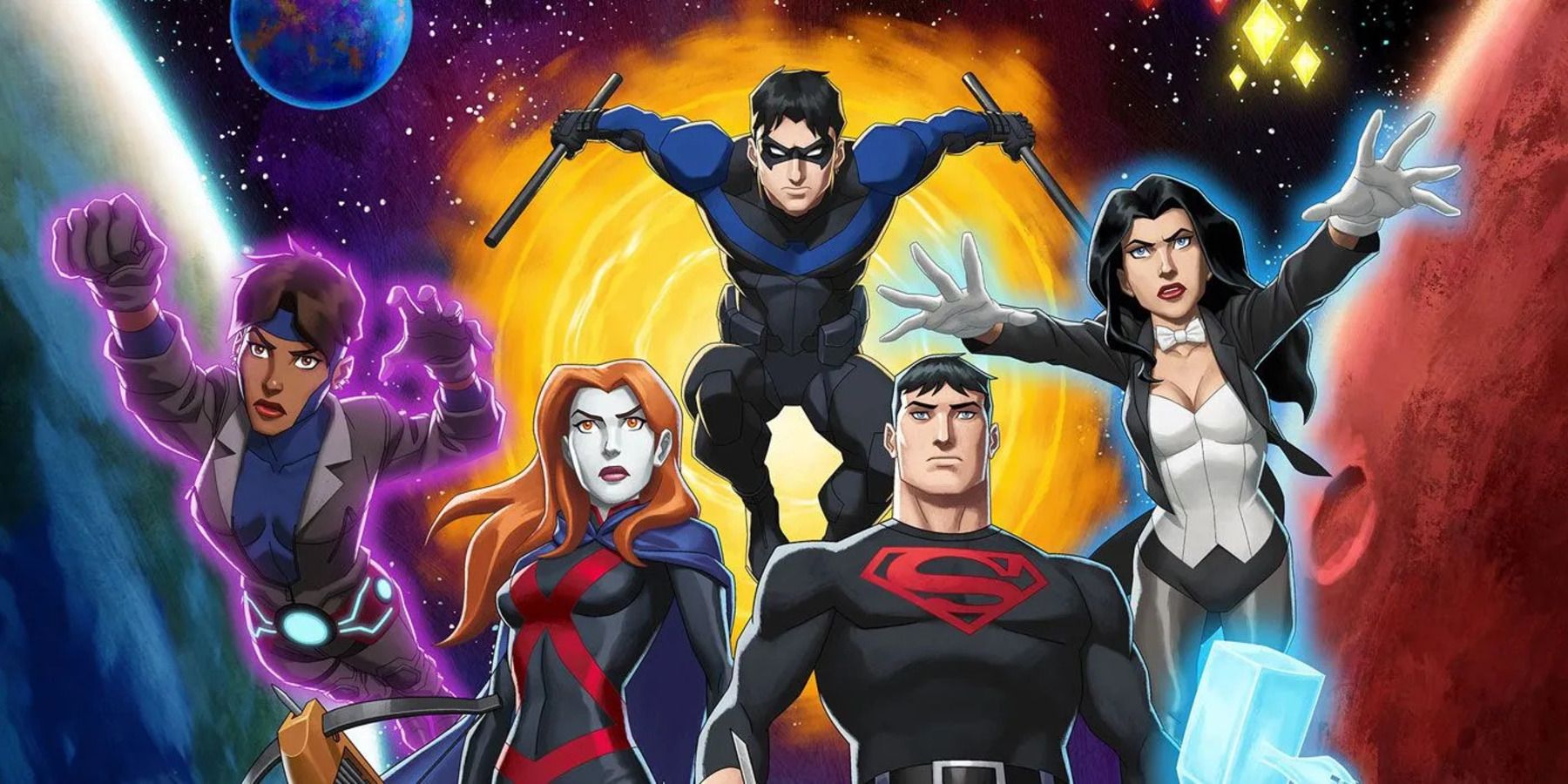With the DCU set to enter a new phase, it's time to talk about what the future of the franchise may be like. Whether it be a full-blown reboot or just a "Flashpoint"-style soft reboot, James Gunn has made it clear that the future of the shared universe is going to be very different from its current incarnation as the DCEU. Gunn has already confirmed he's working on a new Superman movie that will feature a new, younger actor in the role of Clark Kent, but there hasn't been much confirmation on other aspects of the DCU.
It is likely, however, that the Justice League will be recast. Not only is Cavill out of the picture, Wonder Woman 3 is no longer moving forward. And though Gunn denies 'booting' Gal Gadot from the role, her future as Wonder Woman is uncertain. Ben Affleck has long been rumored to be done with Batman, while Jason Momoa is reportedly being eyed for a new role. Ray Fisher has stated he would not return to Warner Bros., and Ezra Miller will almost certainly be recast after The Flash due to numerous controversies.
With the Justice League no longer holding the universe together, it's definitely in flux. The DCU needs a solid foundation moving forward, or the entire enterprise may have been for nothing. Gunn has already stated that he's looking towards animated DC projects like Young Justice for inspiration, and that's an excellent direction to look in. Not only does Young Justice take inspiration from a variety of eras from DC's publishing history, it successfully integrates a myriad of sometimes-contradictory origin stories and consolidates them in order to make sense in-universe. That's a valuable skill that Gunn could look towards when forging the new DCU.
Young Justice Incorporates Different Eras of DC
Young Justice doesn't stick to just one DC era when adapting its source material. For instance, Season 2 of the series introduces a new version of its team to the audience, and it contains characters that usually aren't in the same cohort. Tim Drake is Robin, while Jamie Reyes, who is usually a contemporary of Damian Wayne, is Blue Beetle and on the same team. Dick Grayson and Zatanna Zatara are similar in age, when usually she's an adult like Batman. Similarly, though Cyborg is usually the oldest member of the Teen Titans, here, he's not even a part of that team, and Dick Grayson is quite a bit older than him.
Events like the Reach's invasion of the Earth, from Blue Beetle's comic run, are important elements in the show. They occur before events like Barbara Gordon's paralyzation (which has a very different storyline behind it in this universe). There's plenty of mixing and matching going on, but none of it is particularly forced. It makes sense for Earth-16 (the designation of this universe).
The Characters Make Sense In Its Setting
Several characters have their origins changed in Earth-16. Though Cyborg has been associated with Apokolips and the Justice League in recent years, his classic origin was that his father rebuilt him after a car accident, and he was a member of the Teen Titans rather than the Justice League. Here, his origin is consolidated somewhat: his father still "rebuilds" him, but it's by using a Father Box. He's a member of the Justice League's junior team. And Halo, who doesn't really have a relationship with him in the comics, is something of a counterpart to him.
Here, Halo is a refugee escaping violence in the Middle East (a backstory which is cultivated from earlier seasons of the series), and she's linked to a Mother Box. Apokolips is clearly the endgame battle of the series — Vandal Savage and Darkseid are opposed to one another — and the show ties several heroes into that conflict. This means that the stakes are higher, and the storylines are streamlined.
Characters Are Modernized and Adapted Into New Forms
Halo isn't the only character to receive an updated backstory. One character has become a fan-favorite since the series debuted: Artemis Crock. The character was very rarely used in the comics — to the point that, when the series first premiered, fans were suspecting she was using a pseudonym, and that she would be revealed to be a better-known character in the future.
That speculation went nowhere: Artemis really is just Artemis. In the comics, she's a very minor villain known as Tigress, the daughter of Sportsmaster, another minor villain and something of a joke in the comics community. She eventually ends up with yet another minor villain, Icicle, and has a child with him. Though Artemis eventually takes up the name of Tigress in the Young Justice series, she's not a villain. Her mother was once a supervillain who ended up disabled after an accident, and she resents Sportsmaster for his villainous ways. She's also sister to Cheshire, who has a complicated moral code.
The character has grown far more popular than her comics counterpart. She's far more interesting, and even her father becomes far more competent in this universe. Though he still has a sports theme, it's played fairly straight, and the show isn't afraid to embrace its comic book origins. The series does this numerous times with several less-popular characters, and that's something Gunn should take away from the series. The DCU shouldn't be afraid to take these characters and adapt them in new, interesting ways.
Young Justice Isn't Afraid to Move the Status Quo Forward
Another aspect of Young Justice that could have a major impact on the DCU is its refusal to embrace a status quo to return to. Each season takes place several years after the last, with the biggest jump — which compromises 5 years — occurring between Season 1 and Season 2. Characters come and go, sometimes even off-screen. They grow, they age, they marry and have kids. Ten years have passed in-universe since the beginning of the series. By the latest season, Superman and Lois Lane have had their son Jon, while Damian Wayne has also been born.
Shazam is no longer a child, Superboy and Miss Martian get engaged, and several team members have retired from their super heroics. The Earth is becoming more open to interstellar travel and diplomacy; there's a stark departure from real life. The show never tries to imply that everything is exactly the same on Earth-16 as it is in the real world. Instead, it truly tries to differentiate itself by being a world with its own history (and future).
The DCU could easily take inspiration from this aspect of the series. How will the Earth change due to the presence of superheroes? How will it change once it finds out that aliens are real, and that all sorts of magical systems are, in fact, totally real? This is one way that the DCU can differentiate itself from the MCU, as well. Though the MCU occasionally has a few cheeky references to how its universe differs from real life, for the most part, it's quite similar to the real world. It would be interesting to see the DCU develop into a very disparate world, complete with superheroes, aliens, and futuristic technology being commonplace.
Gunn's comments on the DCU's future have been tantalizing. He's been forthright with fans (though sometimes that's due to hate being directed at him) and is very active on social media, so he has updated fans a few times about the status of the DCU. Right now, however, he and Peter Safran are hard at work building up a roadmap for they want to take it next, so there's no way to be sure that anything is set in stone yet. Though it's clear that they already have a rough idea of where they want to take things next, there's plenty that could change over the next few years.

